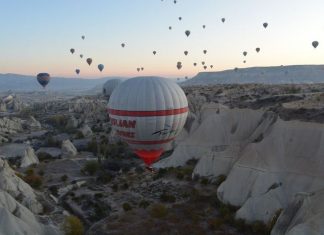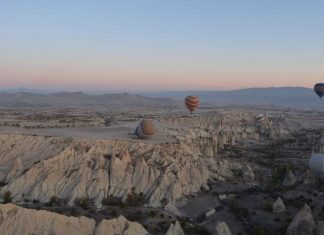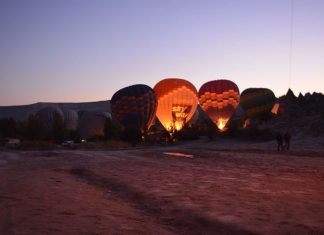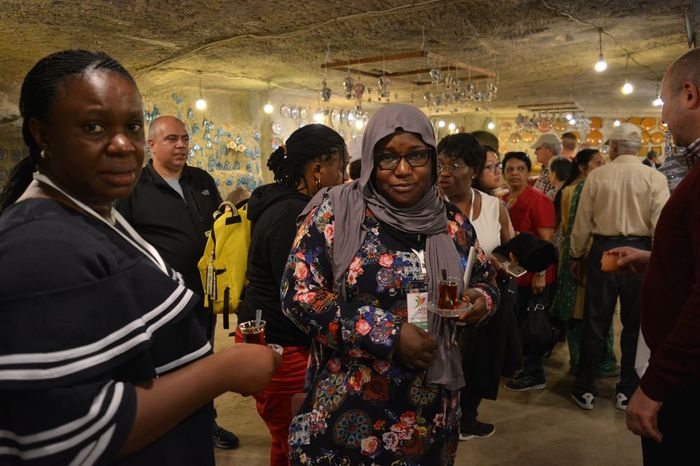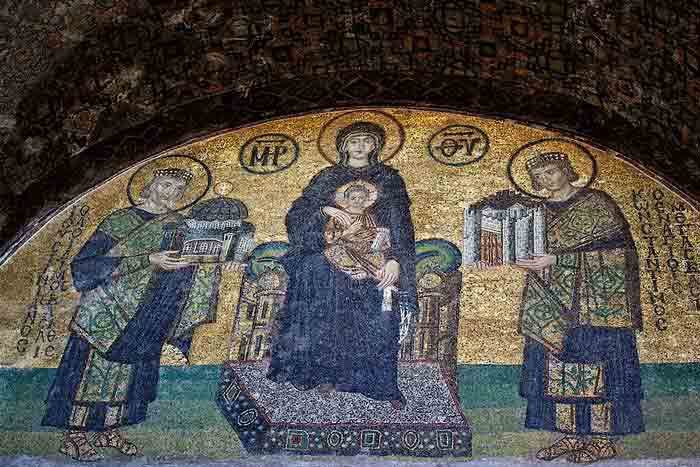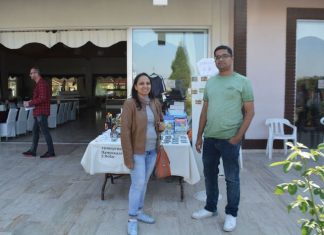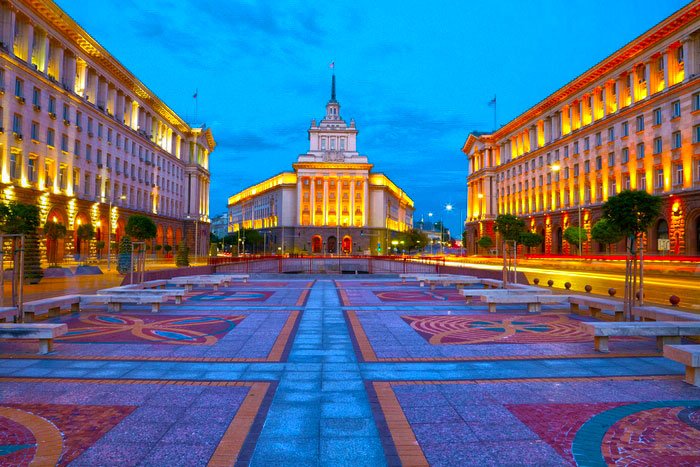Saksagan
Missionary Education in Turkey
Several high-quality colleges and schools are run by missionary boards throughout Turkey. These institutions provide education for students of all levels and have become...
Protestant Worship in Constantinople
Every Sunday in Constantinople, eleven Protestant church services are held in four different languages. These services offer spiritual support to a diverse international community...
St. Theopemptus of Nicomedia
A Brave Bishop During Persecution
St. Theopemptus was the Bishop of Nicomedia during the time of Emperor Diocletian, who ruled the Roman Empire. He was...
What Was the Second Council of Nicaea
The Second Council of Nicaea (787 AD)
The Second Council of Nicaea was the seventh major meeting (or ecumenical council) of the Christian Church. It...
John of Nicomedia
A Church Writer During the Time of Constantine
John of Nicomedia was a priest (presbyter) in the Church of Nicomedia, located in Bithynia (in today’s...
Urgent Need for Action to Prevent Violence
Imminent Threat of Muslim Uprising
There is no doubt that failing to implement the proposed measures without delay poses an imminent danger of a Muslim...
Inaction of Turkish Authorities
A Call for Humanitarian Aid
The Turkish authorities have shown a concerning unwillingness to assist those in dire need. In Philippopolis, local residents attempted to...
Restrictions and Despair in Klissura
Oppressive Regulations
The situation in Klissura is dire, with severe restrictions placed on the villagers that exacerbate their suffering. They are prohibited from working in...
Strategy for Grammar Construction
Continuity
In the realm of language, compound verb forms can be subject to interruptions, allowing the insertion of various elements, such as adverbials and nominals....
Parsing Bulgarian Verb Forms
The process of building a grammar initiates with an abstraction from grammar books, typically intended for human understanding and not tailored for direct practical...





